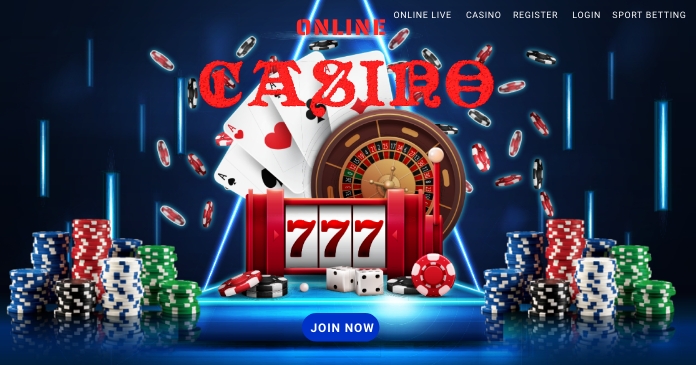
Introduction
The Joker card is one of the most intriguing and versatile cards in a standard deck of playing cards. Originally introduced in the mid-19th century, the Joker has evolved from its initial purpose into a powerful symbol in various jokercard, cultures, and contexts. This article explores the history, significance, and various uses of the Joker card.
Historical Background
The Joker card was created in the United States around the 1860s, primarily as a trump card for the game of Euchre. Its name derives from the term “jokers,” a reference to its role as a wild card. The card was designed to be unique, featuring a jester or clown figure, which emphasizes its playful and unpredictable nature.
Design and Appearance
Typically, the Joker card features vibrant colors and whimsical artwork. It often depicts a jester or clown, symbolizing trickery and surprise. The design can vary widely among different decks, with some showcasing elaborate illustrations while others maintain a simpler, more traditional look. The card is usually marked with the letter “J” or the word “Joker.”
Role in Card Games
The Joker card serves various functions depending on the game being played:
- Wild Card: In many games, the Joker acts as a wild card, meaning it can represent any card the player wishes. This versatility allows players to create stronger hands and increases the excitement of gameplay.
- Trump Card: In some games, the Joker can be designated as a trump card, which means it has the power to beat other cards. This can change the dynamics of the game, making strategy and decision-making crucial.
- Standalone Game: The Joker can also be the focus of specific games, such as “Joker Poker” or “Joker Rummy,” where it has unique rules and point values.
Cultural Significance
Beyond card games, the Joker card has permeated popular culture. It often symbolizes chaos, unpredictability, and the duality of human nature. This association has made it a popular motif in literature, art, and film.
One of the most notable representations of the Joker is in the realm of comic books and movies, particularly with the character of the Joker from the Batman series. This portrayal emphasizes themes of madness and chaos, further embedding the Joker card’s significance in our cultural consciousness.
The Joker in Tarot
Interestingly, the Joker card has a counterpart in tarot cards, often represented as “The Fool.” In tarot, The Fool signifies new beginnings, spontaneity, and a sense of adventure. This connection highlights the Joker’s role as a catalyst for change and transformation.
Conclusion
The Joker card, with its rich history and multifaceted significance, stands as a testament to the playful yet complex nature of life itself. Whether serving as a wild card in a game, a symbol of chaos in popular culture, or a harbinger of new beginnings in tarot, the Joker continues to captivate and intrigue people around the world. Its unique ability to adapt and surprise makes it an enduring icon in the realm of playing cards and beyond.